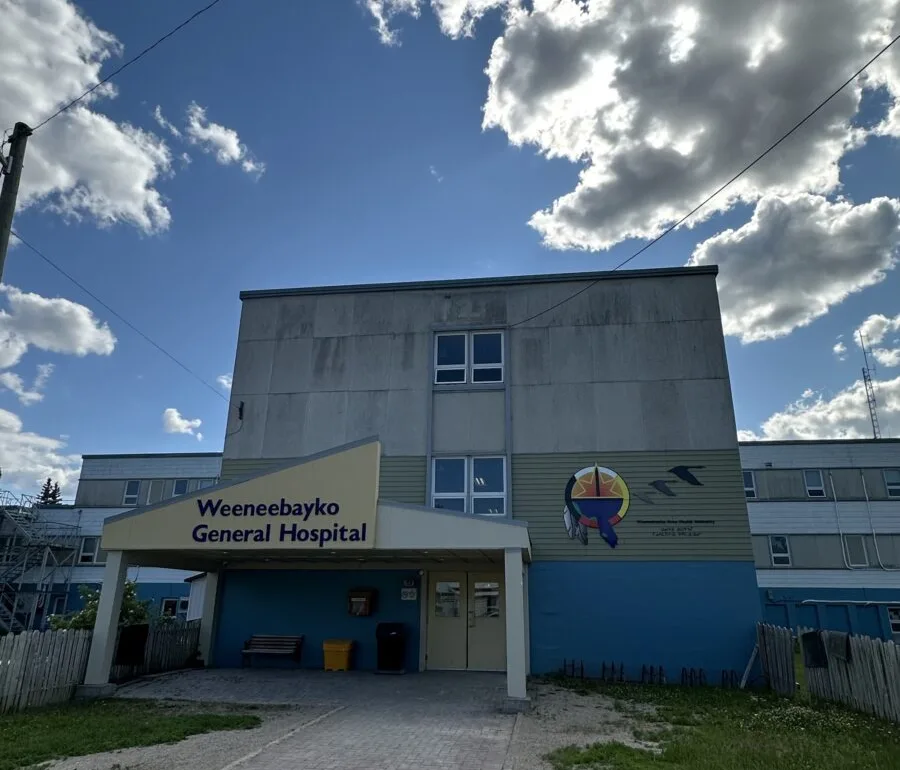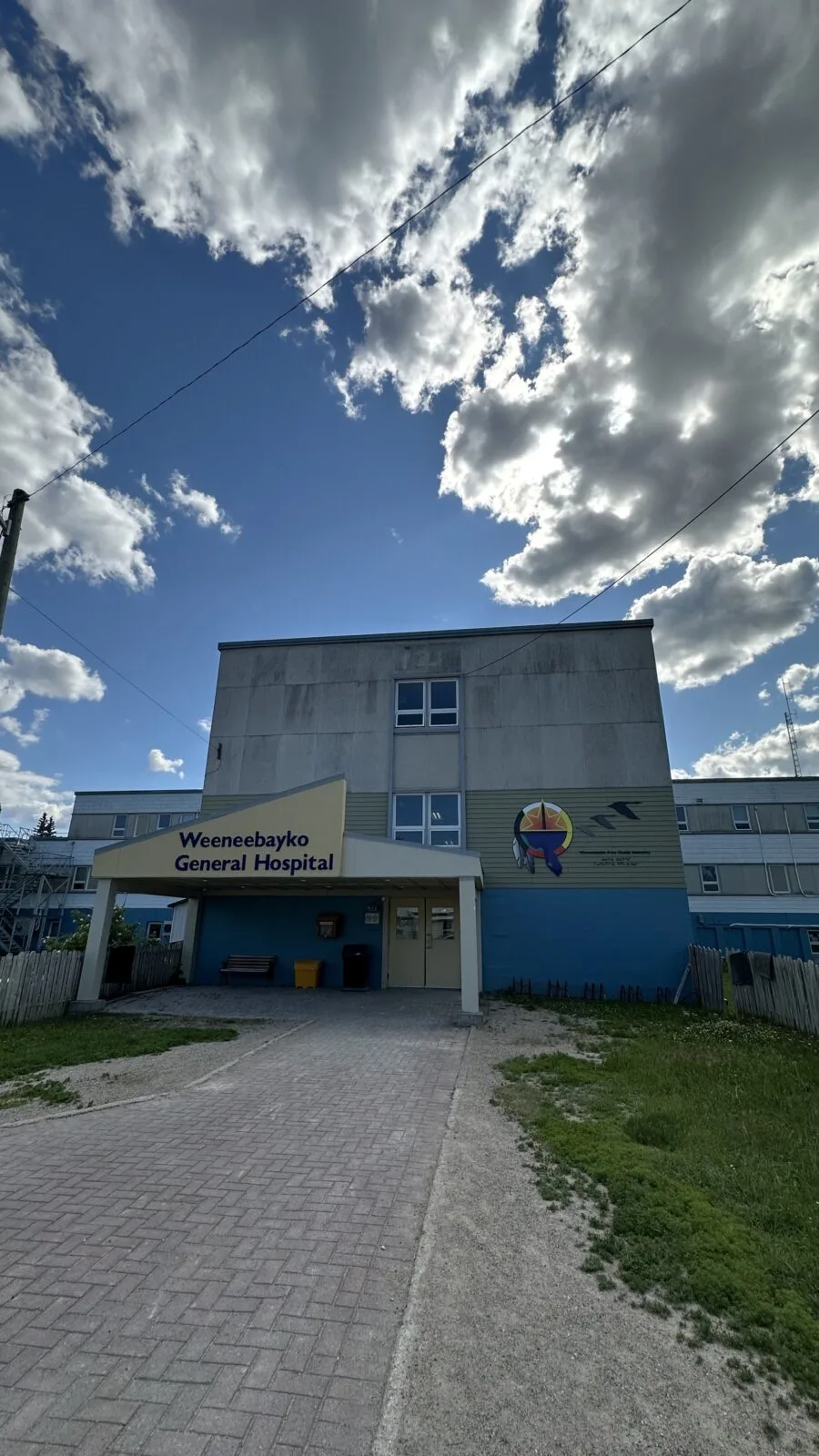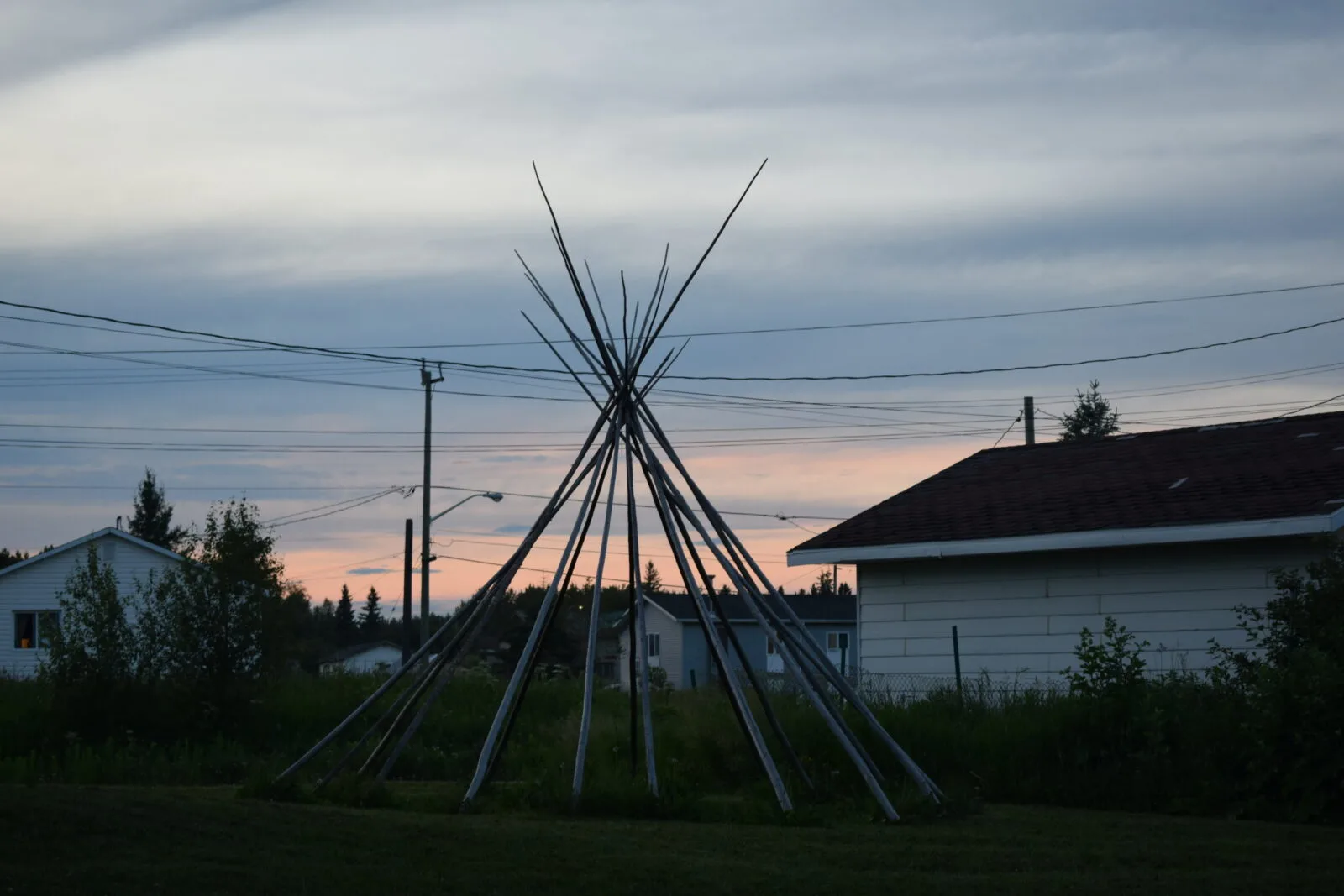On a blisteringly hot morning following Canada Day, I travelled over two days by train, plane and boat to the shores of Moose Factory Island, an unassuming island off the coast of northern Ontario. Three thousand members of the Moose Cree First Nation call this place home, as would I for the next two months.
I came as a resident physician to learn how to provide health care in one of the most remote parts of Canada. I dreamt of working as a MacGyver doctor who could handle every kind of medical emergency, and Moose Factory was the place to learn. The island is staffed by family doctors who provide all aspects of care, with specialists visiting intermittently from cities down south. The closest full-service hospital is nearly 200 miles away, so I would be the family doctor, the emergency physician, the internist, the ophthalmologist, the psychiatrist and every other kind of doctor the community needed.
I worked with a small group of doctors at the Weeneebayko Area Health Authority (WAHA), the hospital structure that serves six Indigenous communities along the coast of James Bay. The hospital has six permanent physicians who live and work on the island but needs 16 to run at full capacity. The remaining deficit is filled by locum doctors who travel from across the province and provide care for a couple of weeks at a time.
Most Mondays, I would meet a new physician who had taken the same arduous journey to help prop up this short-staffed health network. Most would often spend a day learning how to book a flight for a patient having a medical emergency or what few drugs were stocked in the hospital. By the time visiting physicians got the hang of things, they were sitting on a 20-seater Air Creebec plane heading back south.
The issues of understaffing spread beyond the inefficiency of frequently onboarding new doctors. When I reviewed patient charts, every note was signed by a different doctor. The art of medicine means we all have a unique flair to approaching disease management. That flair makes for an utterly confused patient when each doctor’s visit has a different plan proposed by a different physician. My patients and I would come to a temporary agreement for next steps, both of us fully aware that the next doctor in my place would likely uproot everything I suggested.
This patchwork system of health-care delivery is the antithesis of everything I have learned in my career so far. The basic tenet of effective primary health care is the continuity of care. It is a simple phrase that captures the incredible complexity of the longitudinal relationship that a physician establishes with a patient over time. The doctors that know patients over years are the ones that can ask about the children while measuring blood pressure. They are the doctors that know to check in on the anniversary of your spouse’s death, the doctors that know how you feel about taking pills, and the doctors that call you to book a check-up when you have not been in for a while.
Continuity of care leads to patients with better health outcomes, higher satisfaction and more cost-effective health-care delivery. So why were we failing our northern communities at this cornerstone of primary care?
It is not for lack of trying on WAHA’s part. It offers a contract that cannot be found in a larger city. Permanent physicians are compensated through a salary model that guarantees income regardless of the number of patients seen. Moving expenses are covered. There are lucrative signing and retention bonuses that snowball with each year of practice. All housing and utilities costs are comped. There is even a vacation policy of three months per year that includes reimbursement of vacation travel. It is an unbelievable gig for any doctor, and yet, Moose Factory struggles to attract and retain staff.
Despite the attractive financial package, I could understand why so few people are interested. Life in Moose Factory is far different to the one I lived down south. For 60 days, I was away from friends and family who would have had to pay more than $1,500 for a plane ticket to visit. There are only two restaurants on the island: KFC and the hospital cafeteria. There are no malls, cinemas or cafes. I was lonely, hungry and bored. Despite having willingly gone there to learn, I could not put a price on the isolation.
Elaine Innes, family physician and chief of staff at WAHA, completely understands. “I believe our compensation package is excellent, and it’s probably by far one of the best in Ontario,” she says, but the doctors “need a connection to the community.” Even with the few permanent staff, she says that “you might be doing ER, you might be doing hospitalist and primary care, so having a consistent physician is really difficult here.”
Innes was born and raised in Moose Factory and is the first person from the Moose Cree First Nation to become a doctor. She had worked as a nurse and then a nurse practitioner before a colleague suggested that she consider applying to medical school, partly due to her clinical aptitude and partly as a response to the high turnover of physicians in the area.
Innes was 40 when she enrolled at the Northern Ontario School of Medicine. In addition to balancing rigorous studies with raising young children and taking care of a sick family member, she also had to deal with the massive adjustment of moving to a large city like Sudbury. We laugh as she acknowledges that most Torontonians would consider Sudbury quite small and quite northern, even though it is 500 kilometres south of and has a population 50 times larger than Moose Factory.
“It was a big change,” she says, “and the traffic was horrible, so that created a lot of anxiety for me, just the driving to and from school.” Innes adds that this anxiety of leaving home and community for a completely foreign environment is likely a significant barrier to Moose Cree students entering health-care professions.
When I first arrived, that sentiment would have puzzled me but the beauty of Moose Factory crept up on me until I appreciated why people would not want to leave. In the mornings, I walked to work with playful blue-eyed huskies trailing me to the doorsteps of the hospital. On Saturdays, I walked to the northernmost tip of the island where overflowing mounds of garbage are stored, known affectionately as “The Dump,” to spy on families of black bears foraging for food. One brisk midnight in August, I lay on the beach with friends and strangers, filled with awe as the Northern Lights danced in the sky. Leaving a home like that has to be hard.
There is a clear solution on the way, but it is one that has taken years of planning and a significant financial investment to implement. In February 2023, WAHA and Queen’s University announced plans to open a satellite campus in Moosonee, a town across the river that is a 10-minute boat ride from Moose Factory. The Health Careers Pathways Program plans to recruit Indigenous students into programs for medicine, nursing, physiotherapy and other health-care professions.
“It’s really about transforming health outcomes through transforming how we deliver health care,” says David Taylor, internist and Senior Advisor to the Dean for the Queen’s-WAHA partnership. “Self-determination doesn’t happen when all of your clinicians are flying up from the south, working for a week and then flying home.”
The partnership aims to enrol the first cohort of students in 2025 for a Bachelor of Nursing Science program, an ambitious goal that requires significant work behind the scenes. One of the areas of focus is changing the way health education is delivered.
“We’re not just trying to take out the influence of traditional Western approaches to education, we’re actually trying to bring in Indigenous ways of learning and knowing,” says Taylor. This includes restructuring the programs to adopt a strengths-based approach to health care and incorporating land-based learning. “It’s honouring approaches to education that reflect the community’s values and the educational systems that they have used for centuries.”
In Moose Factory, July 1st is commemorated as a Day of Mourning. Orange flags emblazoned with the slogan “Every Child Matters” are hoisted above most homes. The former residential school can be seen from the grounds of the hospital, a continuous reminder of what the Moose Cree people have survived. But the future of Moose Factory, one built on the capacity of youth and the importance of community, is bright and just beginning.






